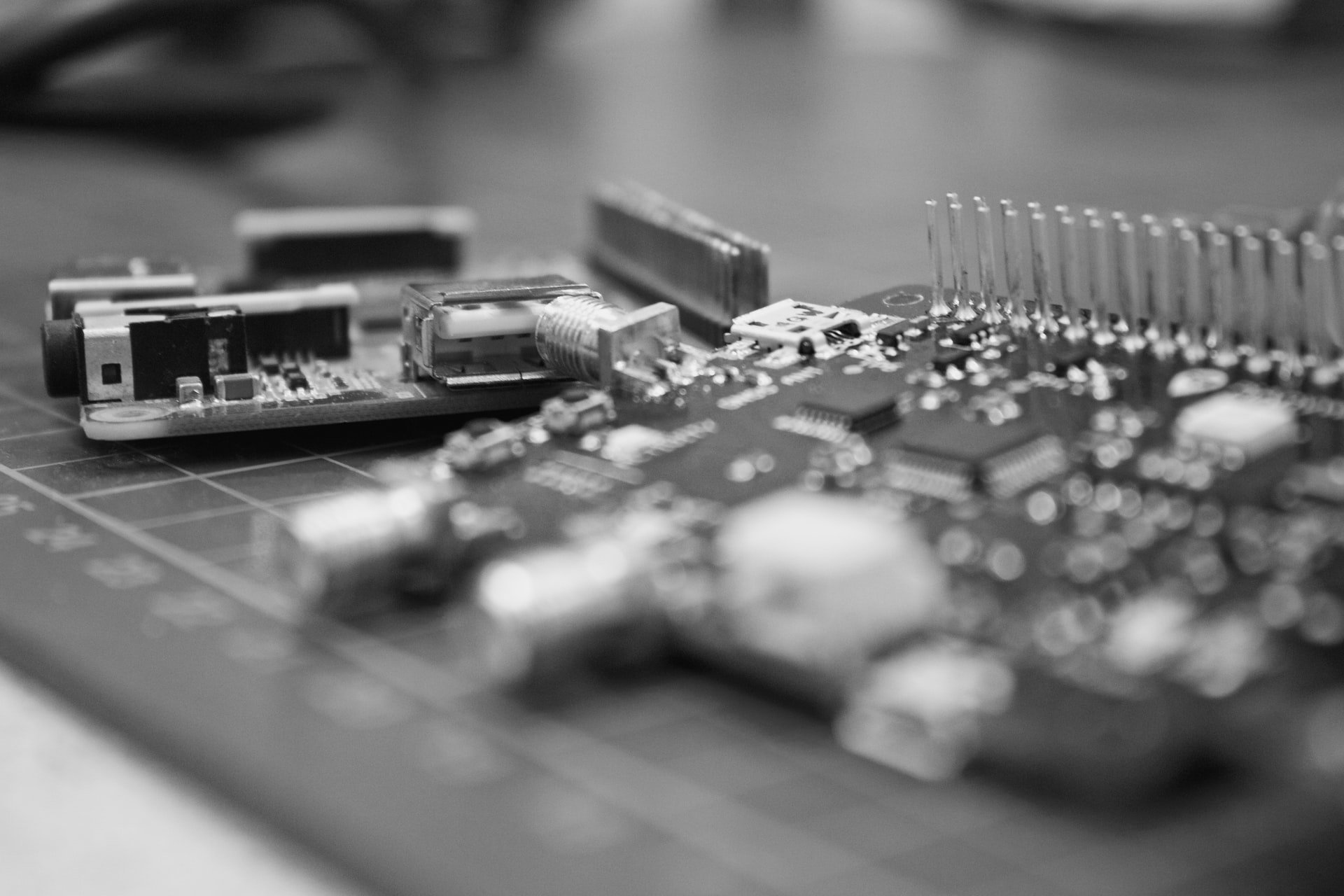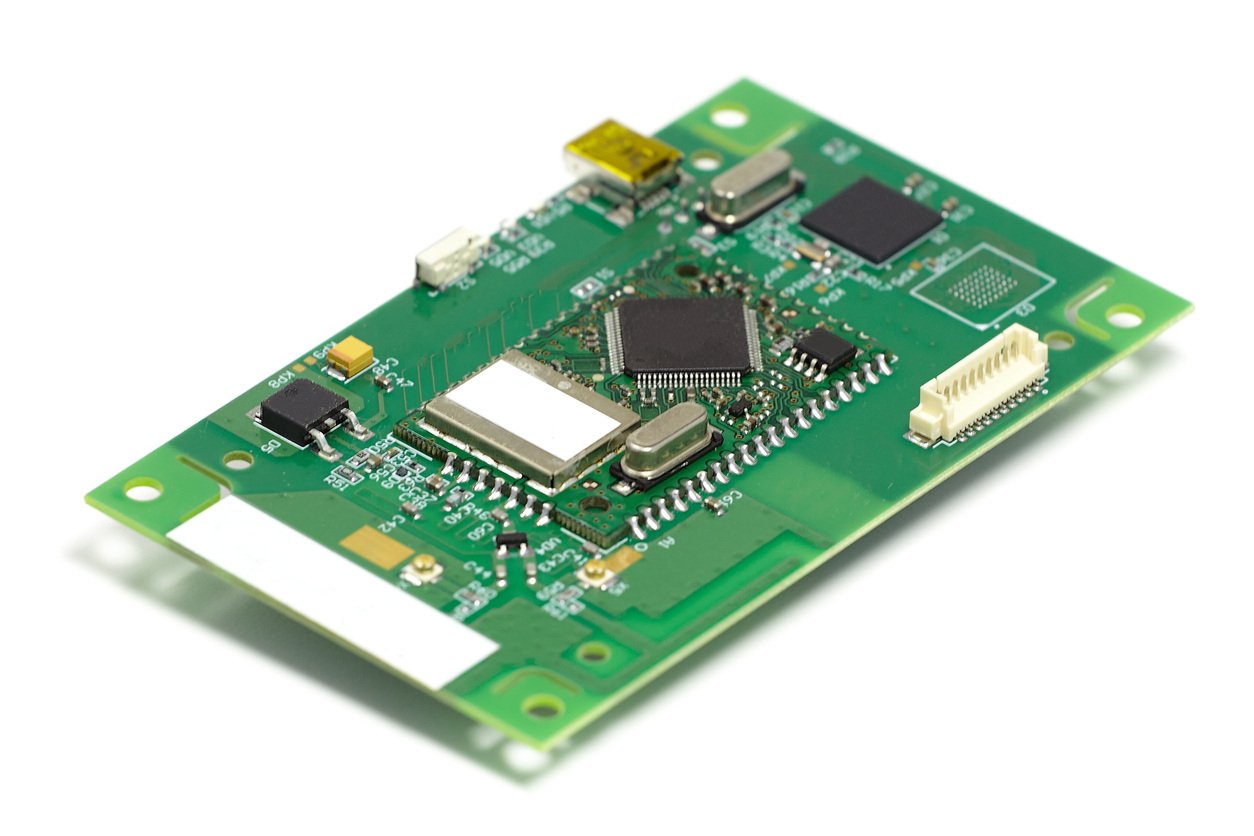How Much Does a PCB Prototype Cost?
Prototyping isn’t reserved for high-tech vehicles or revolutionary consumer gadgets. It’s also a great practice for manufacturing printed circuit...

Want to get smaller, lighter, or more powerful? (Who doesn’t?)
In electronics, customers are demanding all three – at the same time.
It might seem like a near-impossible balancing act, but HDI printed circuit boards are making it happen today. HDI – or high-density interconnect – PCB boards are essential to modern electronics. HDI technology supports the necessary evil of design miniaturization, performing big feats in a small package for consumer, defense, aerospace, and automotive electronics.
Unfortunately, packing all this functionality into a tiny space takes away room from another area – your margin for error. To keep your HDI PCBs just as successful as your standard designs, follow these guidelines.
There are six main considerations for HDI design, with many of them hinting at IPC’s guidelines for high-density interconnect PCBs:
Let’s start with the foundation!
High-density interconnect layout is the technique of arranging PCB components when trace width is less than 8 mils or so. The primary goal of HDI PCB layout is to fit more components on a single board.
The must-haves of HDI board design are:
Occasionally, industry veterans refer to HDI boards as microvia PCBs. That’s because high-density circuit boards need smaller connections called microvias to make layer transitions. They slope inward during a transition and terminate at a pad in the next layer.
This limits their useful depth. Avoid making a microvia span multiple layers, as that might reduce reliability.
There are two types of microvias you should know:
|
Type |
Function |
Benefit |
|
Blind Microvia |
Connects outer layer to inner areas |
Can place parts closer together |
|
Buried Microvia |
Only connects inner layers |
Denser routing & complex multilayers |
Note that buried microvias make the PCB trickier to manufacture, and possibly more expensive.
Stacked vias go directly on top of each other through multiple layers, while staggered vias are offset. Understanding the difference will help you meet your design goals.
|
Type |
Pros |
Cons |
|
Stacked Via |
➕ Enables incredibly dense interconnections |
➖ High production cost |
|
Staggered Via |
➕ Less costly to build |
➖ Takes up more horizontal space |
There’s no one-size-fits-all answer to whether stacked or staggered vias are better. The choice often comes down to a trade-off between density and cost vs. reliability and manufacturability. Some designers use a combination of both, depending on the section of the PCB and its respective needs. A less-common HDI structure, the ELIC (every layer interconnect) is another option when you have unusually high connectivity requirements.
HDI PCBs typically require multiple lamination cycles, which allows for the construction of complex layer structures. This process involves bonding layers of the board together in stages.
Excited about all that space you’re freed up to work with? Use it to minimize your layer count, rather than as an excuse for a sprawling layout.
Each PCB layer adds another assembly step and manufacturing expense to your project. By keeping your design compact – which was the point in the first place – you can lower your cost per board. You’ll also avoid potentially compressing the board and causing it to lose its intended thickness.
The materials that make up HDI boards influence their manufacturability, field performance, and service life. In particular, the dielectric and copper foil significantly impact final results. They each come with special considerations in HDI PCB construction.
As the “glue” that holds the PCB’s layers together, dielectric materials serve as a buffer preventing signals from crossing. There are several factors in choosing the right dielectric for an HDI PCB:
The quality of the copper foils in an HDI PCB is another vital factor in an assembly’s success.
The copper itself must be high-quality in any design with fine, dense traces. This minimizes the risk of defects and improves the consistency of electrical performance.
Foil thickness affects your ability to replicate a compact design in the real world. Thinner copper layers are usually preferable in HDI PCBs because they allow for more precise etching of fine traces. Proper use can reduce the overall thickness of your PCB.
Here’s where your lower margin of error comes into play.
To do more with less, HDI PCBs use finer lines (traces) and spaces between them. These lines and spaces are often as tiny as 50 microns. Because the lines and gaps are so small, manufacturing HDI boards is more challenging.
Even slight deviations during manufacturing can cause a major setback. For example, if a trace is too thin, it may not be able to carry the required current, leading to overheating or failure.
Designers need to follow strict design rules to ensure that the PCB is reliably manufacturable. If the design is messy or too small, you could face several issues.
|
Symptom |
Root Problems |
Impact |
|
Short Circuits |
Traces inadvertently connect due to small spacing or imprecise etching |
Circuit malfunctions & potentially damage to components |
|
Poor Signal |
Improper impedance control or close routing leads to crosstalk & signal attenuation |
Unreliable performance, especially in high-speed or high-frequency applications |
|
Defects |
Errors such as open circuits or incomplete vias caused by “small” design or manufacturing mistakes |
PCB failures or costly rework |
Aspect ratio is one of the guidelines that affects via performance. This measurement is the ratio of the hole depth to the hole diameter. For microvias, an aspect ratio of 0.75:1 or lower is ideal for reliable plating and strong electrical connections.
The methodology to signal integrity in HDI boards is basically a scaled-up version of the guidelines for regular PCBs.
While narrower traces are a godsend for size reduction, they still must be capable of transmitting a signal effectively. There are several ways you can improve signal integrity:
When your HDI board needs impedance-controlled routing, you'll need to carefully trace and layer the design.
Top Tip: Some CAD tools are especially useful for building HDI models. Find one that offers features like impedance calculating, automated microvia placement, and 3D visualization.
The denser your design gets, the more it’s at risk for electromagnetic interference (EMI). High-power components or signals are usually what sets it off. Parasitic capacitance or inductance from nearby pins or pads can also harm signal integrity.
To avoid this, perform EMI modeling during the design phase.
Of course, there are still multiple steps you can take to limit the threat of EMI:
Think about the environment your HDI PCB design will call home. Depending on the application, your product may need to resist some pretty serious stuff.
Extreme temperatures are a common HDI board issue because they’re often used in high-power applications. For sufficient heat management, use:
Conduct a thermal analysis during the design phase to identify potential hotspots and validate that the PCB will remain a cool customer under real-world conditions.
Humidity is an unfriendly reminder that electricity and moisture don’t mix. To protect your sensitive components from water, use:
Mechanical stress is a threat to PCBs, too. Fortunately, there are design tricks you can use to improve the board’s resistance to vibration and other sources of fatigue:
HDI PCBs are more complex than traditional PCBs due to their higher wiring density, use of microvias, and multilayered build. This complexity increases the risk of design flaws that might not be apparent until the board is actually built and tested.
What’s a circuit board designer to do?
Prototyping allows electronics engineers to explore a real-world scenario before committing to full-scale production. Catching and fixing issues in the prototype stage means you won’t have to scrap or rework an entire production run because of performance or manufacturability issues.
Issues you can spot during prototyping include:
Rapid prototyping techniques, like PCB additive manufacturing (3D printing) or quick-turn HCI PCB fabrication services, can help you mock up a design efficiently. From there you can adjust and retest the design with little impact on the project timeline.
Given the high density and complexity of HDI PCBs, testing is not a step to skip.
There are many ways to verify that your final product meets performance and reliability standards:
|
What It Checks |
Why It’s Important |
|
|
Automated Optical Inspection (AOI) |
Incorrect part placement, missing parts, bad solder joints |
In dense boards, even minor visual defects can cause major issues |
|
X-ray Inspection |
The inside of the PCB, including internal layers and buried microvias |
Many issues are internal (solder void, poor layer joining, misaligned via) |
|
Flying Probe Test |
Shorts, opens, & function of all electrical paths |
Doesn’t need physical fixture – faster & more flexible for small runs |
|
Functional Testing |
Intended electrical and operational functions |
Validates that the board will work correctly during real-world use |
|
Environmental Testing |
Performance in extreme conditions (thermal cycling, vibration) |
Ensures reliability in demanding situations common to HDI boards |
HDI printed circuit boards are a no-brainer for complex, compact, and high-performance designs. But they require you to walk a finer tightrope to avoid a host of PCB layout pitfalls.
Collaborate with your manufacturer early in the design process to keep small problems from becoming big ones. Not all manufacturers have the same engineering capabilities, so first make sure that your potential partner can fabricate a high-density PCB layout.
For more tips on validating your PCB design, check out our free e-book:

Prototyping isn’t reserved for high-tech vehicles or revolutionary consumer gadgets. It’s also a great practice for manufacturing printed circuit...

Bringing a new electronic product to market is no small feat. From intricate circuit board designs to complex cable assemblies, every detail must...